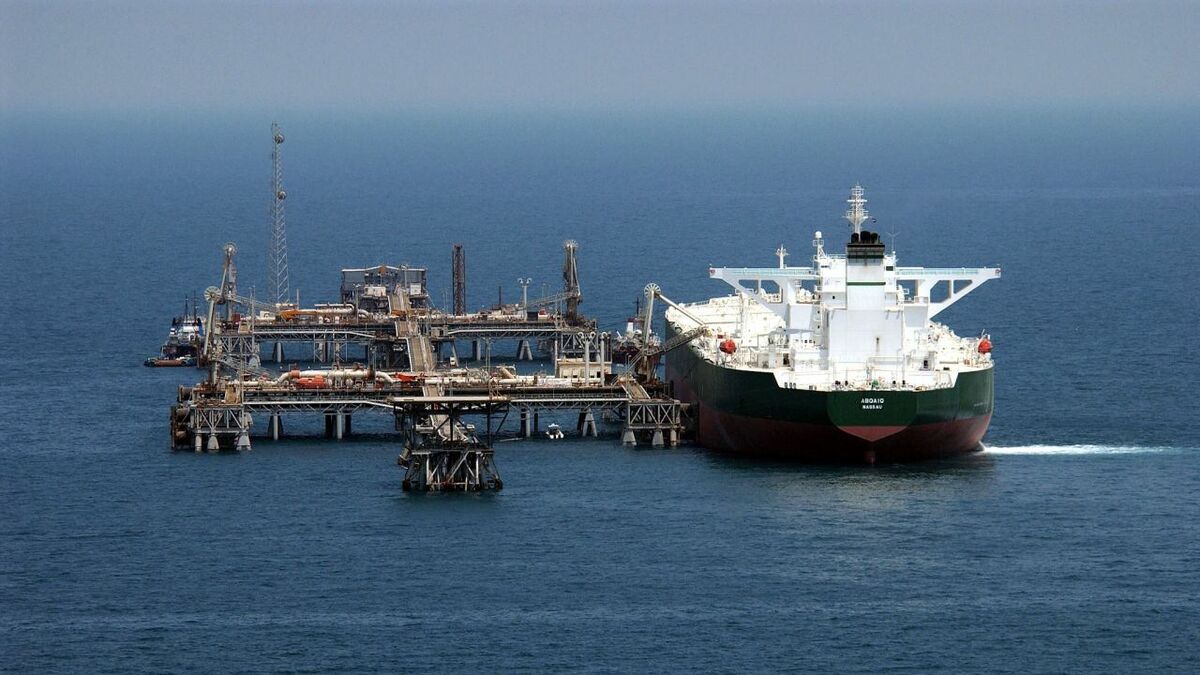
Making Waves Offshore
The Port of Corpus Christi is nearing the final phase of a $681.6 million facelift that will deepen the ship channel to 54’ and a new width of 530’. With crude oil set to become the nation’s number one export by year end and Corpus to become the country’s leading oil port, a brewing competition for barrels is heating up. This, between land-fixed export terminals and four outliers planning their export futures offshore.
Reese Energy Consulting today is following the latest from the Texas Gulf Coast, where the massive port improvement project is slated to wrap up late next year. This means terminals that have matched their berths to the new channel depth can increase their VLCC payloads to roughly 1.2 MMbbls—about 15% more—and fully load a 800 Mbbl to 1 MMbbl Suezmax at the same time. But the outliers may have the advantage.
Of the four offshore export projects in the works, Enterprise Products’ SPOT and Energy Transfer’s Blue Marlin have commanded most of the attention, but between them only SPOT has reached FID with a 2027 start date. Anchored 20-30 miles off the Gulf coast, the terminals will mark the first of their kind in Texas and each will be capable of loading a VLCC to its maximum 2 MMbbls. No need to top ‘er off via a second vessel in deeper water.
Energy Transfer has now inked an offtake agreement with French energy major TotalEnergies to supply 4 MMbbls per month from Blue Marlin, which will be capable of loading one VLCC per day. The EIA reports the U.S. in October exported an average 4 MMBD during the first half of 2023.
